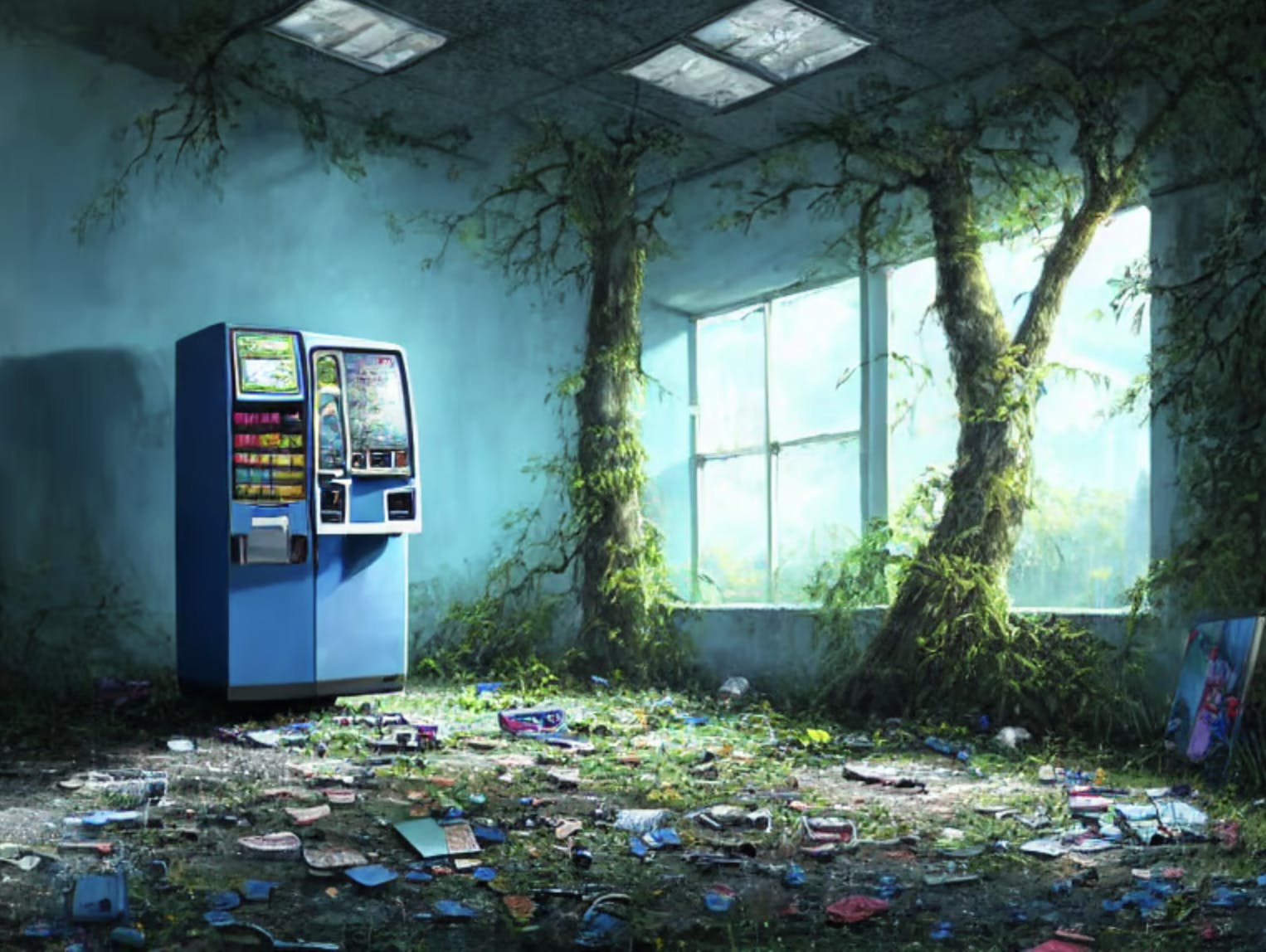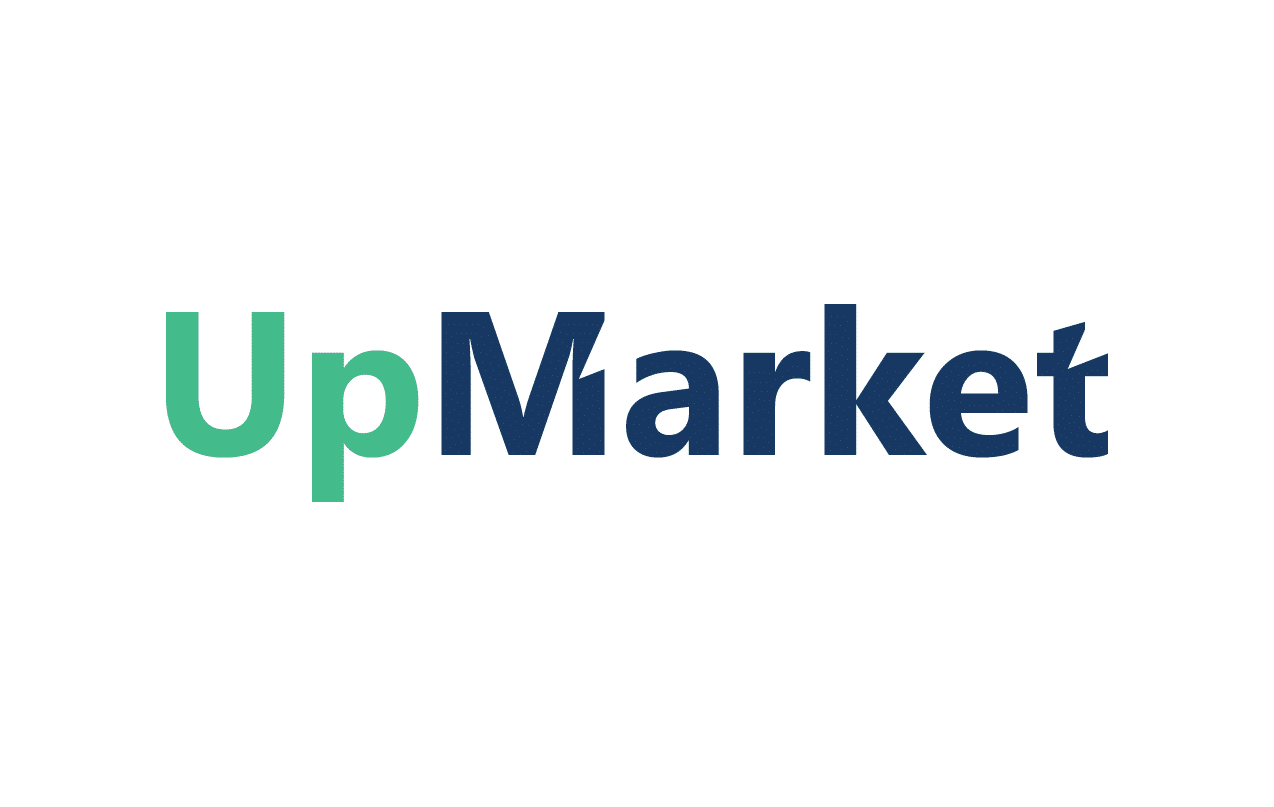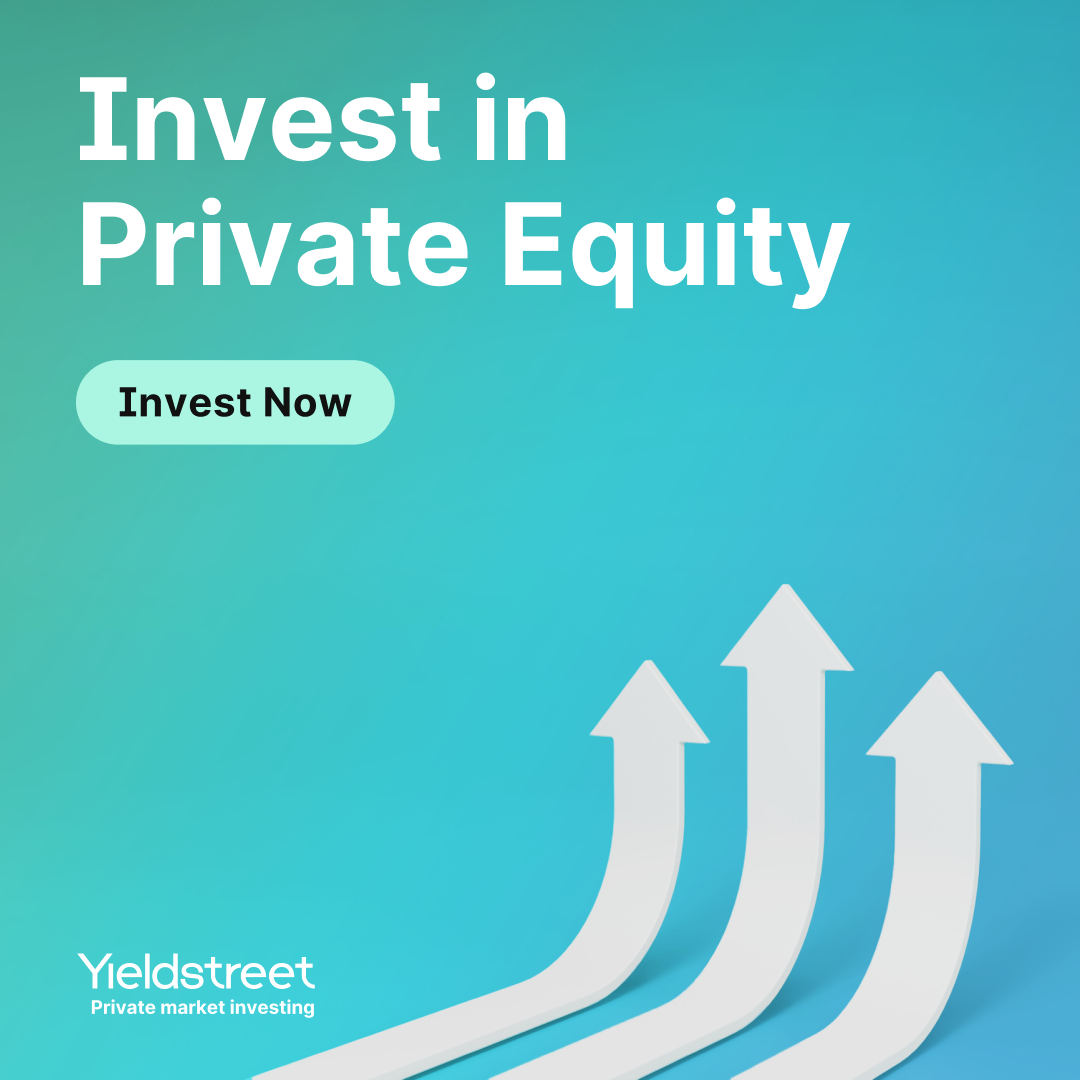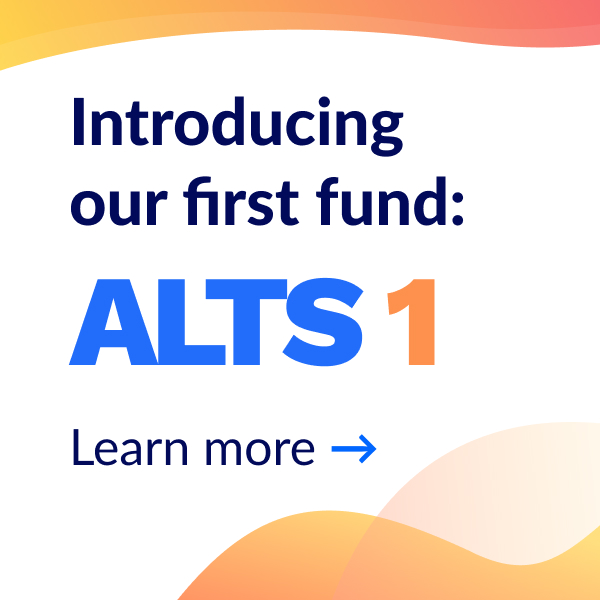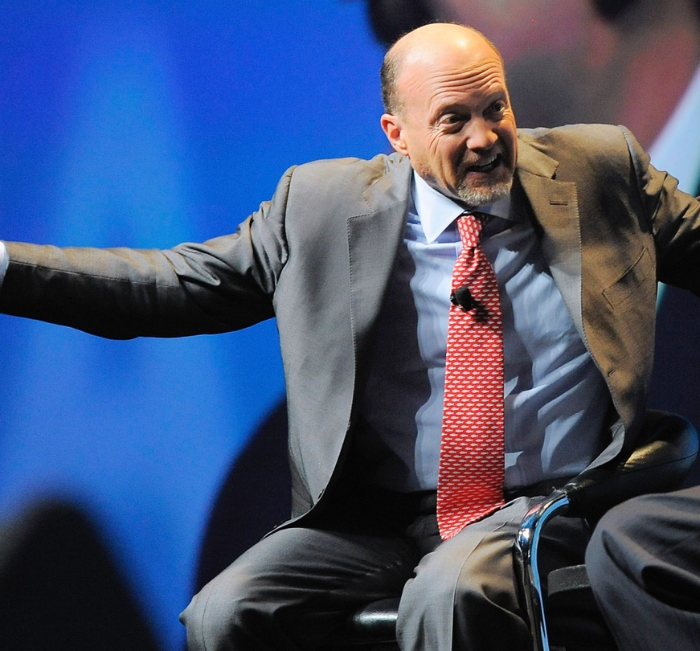Here at Alts, we pride ourselves on highlighting esoteric markets you never knew existed. Man, do we have a cool issue for you today.
You may recall a few weeks ago we dropped a newsletter on investing in classic cars . While researching that issue, we stumbled across an alternative asset class you wouldn’t believe existed.
But boy, does it ever.
If you thought luxury cars were a status symbol, wait until you hear about the market for heritage license plates.
These are handmade, low-digit numeric license plates. They’re increasing in popularity around the world, but especially here in Australia. Over the past six years, the market has gone into overdrive. People are now paying millions. For a license plate.
How on earth did this asset class get so hot? And why are they worth so much?
Let’s go for a ride 👇
Note: While researching this article, we interviewed three of the biggest active players in the space: Hamish, Chris, and “Victor” (not his real name.) Most of our market research comes from Down Under, so all dollar figures quoted in this article are in AUD unless otherwise specified.
Table of Contents
How license plates became a status symbol
The vintage license plate market exists all over the world. But Victoria, Australia (where I live) may be the most prestigious of all.
The original 285,000 number plates, now known as Heritage plates, were handcrafted from steel and vitreous enamel; a durable, reflective, corrosion-resistant alternative material .
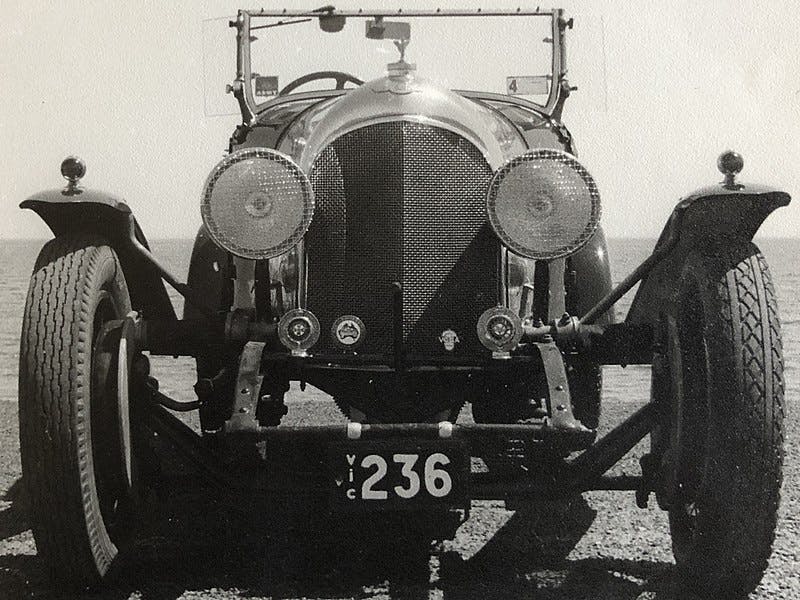
When the Victorian government created the first license plates, the single-digit plates (numbers 1 through 9) were reserved exclusively for government officials. But there was a problem.
The story goes that the Governor, Premier and Police Commissioner of Victoria couldn’t decide which of them deserved to get #1. And like petulant children, they said, “If I can’t have it, no one can!” So they locked the plates up in a safe instead.
This safe would later be opened, and the plates would eventually be released into the wild. But we’ll get to that later.
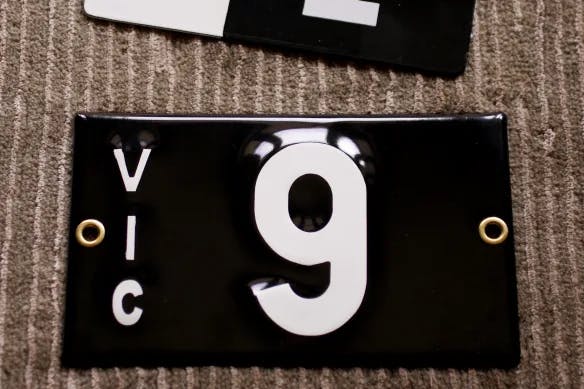
Why the hell are these license plates so valuable?
Okay, so what’s the big deal about these plates in the first place?
First you have to understand that the value isn’t so much in the plate itself (though the craftsmanship is terrific). It’s in the right to publicly display the plate.
Imagine turning up to a party with the #5 license plate on your car. Are you kidding? What a cool flex!
Keep in mind these are different from “vanity plates.” Those can be cool (or totally cringeworthy ). But ultimately, they’re just not that valuable. You can order one for $125 and a few minutes of paperwork.
Heritage plates, on the other hand, are an instant ticket to semi-fame. Nobody else has them, and getting one is extremely difficult. Even billionaires can’t just buy one.
It’s a “cherry on top” for wealthy car collectors (usually worth far more than the cars themselves) and the ultimate show-off for anyone else lucky to have one.
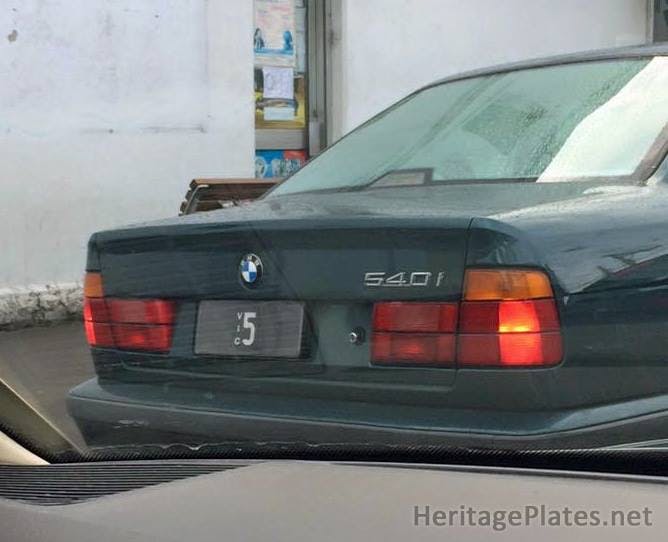
Single-digit plates are worth millions (And they never get sold)
There are only 285,000 heritage plates in existence. For a state with a population of 6m, it doesn’t sound too impressive, right?
But valuing license plates follows a very simple principle: “The lower the number, the higher the value.”




